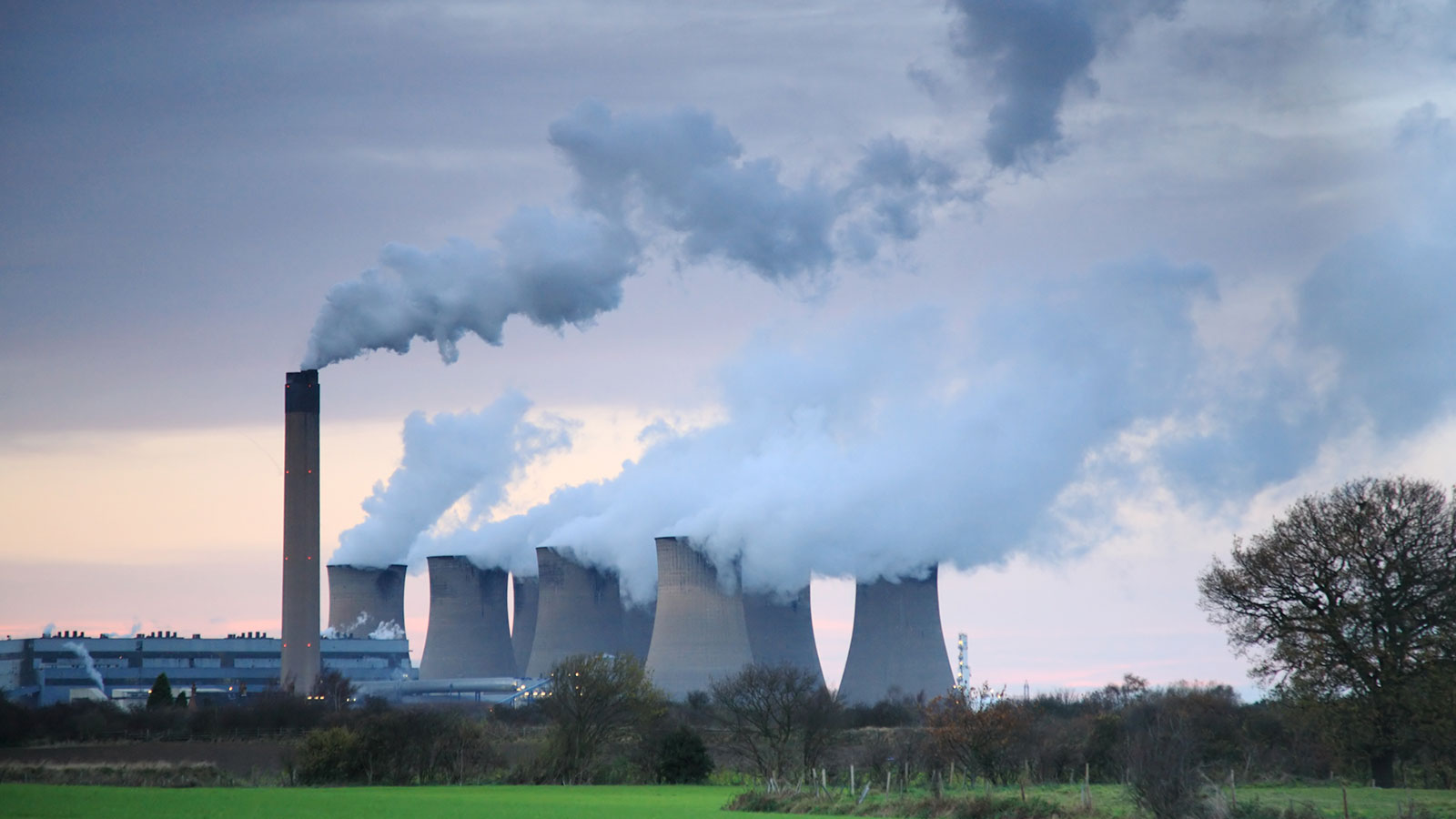A new report from Public First, commissioned by Drax Group, has uncovered a looming energy security challenge for the UK by 2028.
According to the report, titled ‘Mind the gap: Exploring Britain’s energy crunch,’ the UK is on track to hit a crisis point in 2028. That’s because the country’s power sector is expected to experience a significant shortfall in the amount of electricity available, while power demand is forecasted to surpass secure dispatchable and baseload capacity by 7.5GW during peak times.
Public First’s findings suggest that the anticipated energy gap will significantly exceed the projected contributions from new nuclear projects, such as Sizewell C, which is expected to add 2.5GW of secure de-rated power. Additionally, the projected shortfall is nearly double the energy gap experienced in 2022, where the UK experienced a deficit of 4GW during peak times.
Drax notes that the ‘crunch point’ is primarily due to delayed commissioning of new power generation units, the anticipated retirement of existing facilities, and an overall increase in power demand. It further added that the problem could be exacerbated due to uncertainty surrounding biomass generators, which it says contribute over 3GW of secure dispatchable power, and risks compounding the shortfall by nearly 50%.
The study underscores the narrowing margin between total secure supply and peak demand, particularly in 2028, where the safety buffer is predicted to shrink dramatically. This tightening gap reflects a substantial decrease from the average expected headroom between 2024 and 2027, signalling the urgent need for strategic interventions in the UK’s energy policy and infrastructure.
Richard Gwilliam, Drax Group’s UK BECCS Programme Director, commented, “Delivering energy security is a critical and longstanding challenge for all governments. The need to maintain it while tackling climate change and rapidly decarbonising economies makes the issue all the more acute.
“This research demonstrates the UK is facing a power generation crunch point, with demand set to outstrip the supply of secure dispatchable and baseload capacity – leaving the UK reliant on intermittent forms of generation. To keep the lights on, part of the solution will be extending the lives of existing generation assets. Drax Power Station and our pumped storage and hydro power sites already provide secure, renewable electricity for millions of homes and businesses – but there’s more we can do.
“Drax plans to massively expand the generation capacity of Cruachan pumped storage power station in Scotland, some of which could be available to help bridge the power gap. Additionally, providing we secure the appropriate transitional support, our project to deliver two units of BECCS at our Selby site would also support energy security and decarbonisation through the crunch and well into the future.”
Daisy Powell-Chandler, Head of Energy and Environment at Public First, highlighted the critical nature of the situation, noting, “Setbacks in bringing new nuclear and offshore wind online, the retirement of generation assets and increasing power demand will create an energy crunch point in 2028. But the challenge of keeping the lights on is not set in stone: policymakers have a suite of levers they can pull to ensure that we have a more secure, diverse, and sustainable energy system in the future.”
Solutions to this energy security crisis?
If left unaddressed, Drax has warned that the UK risks having to increasingly rely on intermittent domestic generation, from the likes of solar and wind, as well as interconnectors, which allow the UK market to be supplied by power from Europe.
However, the company also believes that bringing new generation online is unlikely to have a material impact in time, and instead suggests that the UK Government:
- Extend the use of existing baseload generation assets which provide secure capacity, including nuclear plants scheduled to retire, and agree transitional arrangements for biomass operators that plan to install bioenergy with carbon capture and storage (BECCS) technology.
- Work to reduce peak demand by encouraging flexibility and installing more home insulation.
Of course, Drax has a vested interest in the UK Government agreeing a transitional arrangement for biomass operators – with its biomass power station in North Yorkshire offering 2.6GW of generation capacity.
However that plant has repeatedly come under fire from green campaigners after it was discovered that Drax was burning wood from some of the world’s most precious forests, a fact that appears to still be ongoing, according to a report from the BBC today. The company has previously denied wrongdoing, stating that its burning of wood pellets is offset by the planting of new trees.

